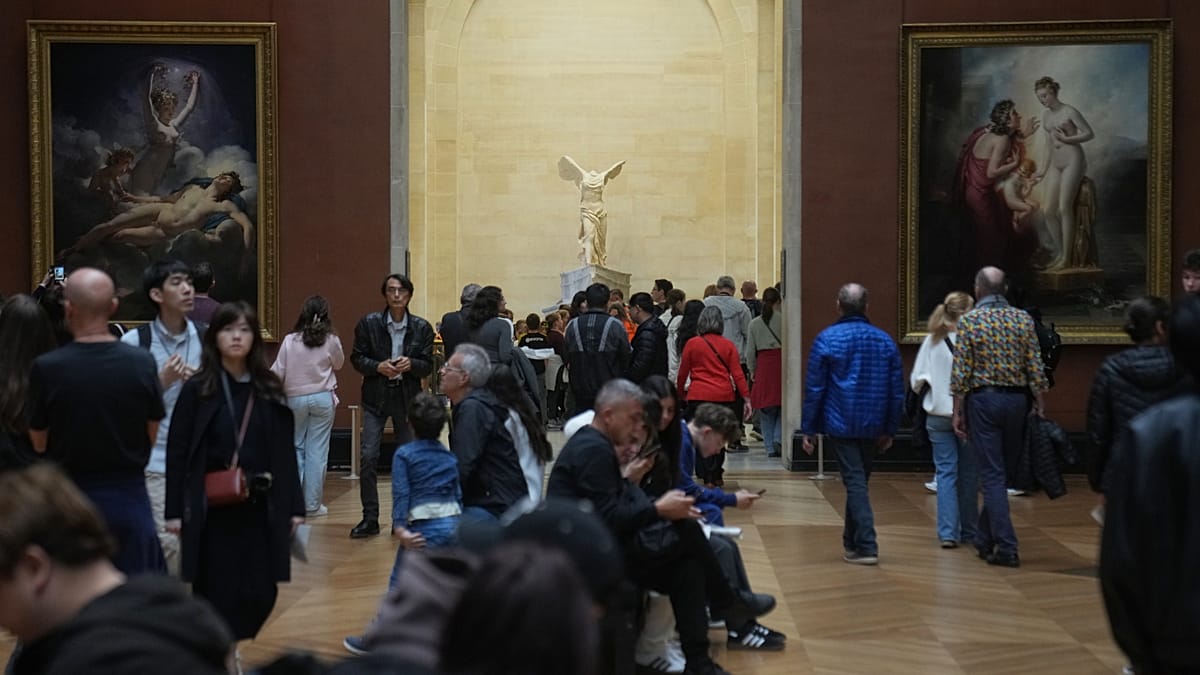Fire and Emergency New Zealand ground crews are continuing work to extinguish the blaze which burned more 3000ha at Tongariro National Park after wet weather significantly helped efforts yesterday.
An observation flight yesterday afternoon over the conservation land found no visible signs of fire after rainfall aided efforts to fight the gigantic blaze which began on Saturday and triggered evacuations of trampers and residents, including in Whakapapa Village.
Incident controller Nigel Dravitzki told Breakfast that crews would gather again this morning to head back out into the field.
“Obviously the weather has worked in our favour here a little bit at Tongariro, so we’re going to ascertain from the data we did get from thermal imaging last night, the heat in the perimeter of the fire.”
He said thermal imaging was a “really important tool” to give an indication of the hotspots and where firefighters should specifically target.
“We did manage to do one flank and the roadside edge of the fire, but we weren’t able to get the other one because of weather conditions,” he said.
He said the wet weather helped control the fire, and ground crews would remain on the scene to fight while aerial attacks would be “minimal”.
Tourism providers left reeling after fire scorches Tongariro National Park – Watch on TVNZ+
Asked how long it could take crews on the ground to completely extinguish the fire, Dravitzki said the situation was “dynamic”.
“But our offensive aerial attack is sort of minimal now and will only be on requirement, but our ground crews will be in there.”
He said a small team of fire invetigators were working alongside police to establish the cause of the blaze.
Impact on businesses
Speaking from Waimarino, Tongariro Crossing Lodge owner Louis van Wyk said he was feeling “quite apprehensive at the moment, and very uncertain about what’s going to happen next”.

“Over the last few days we’ve had a lot of enquiries from guests who are supposed to be coming this week and the next couple of days, wanting to know if it’s safe first of all for them to even come and secondly if they can do anything when they’re here.”
He said the alpine crossing was the main tourist attraction at this time of year.
“So we are thinking about what this season is going to look like if there’s a long closure on that track,” he said.
Van Wyk said there were other things to do in the area, but because of the park closures people could not even do shorter walks which weren’t impacted by the fire.
Asked about the economic blow, he said “it really depends how long this is going to be”.
“If it’s a week, that’s manageable. But if it’s a month, that’s a different story. And longer than that we’ll be in serious trouble.”












